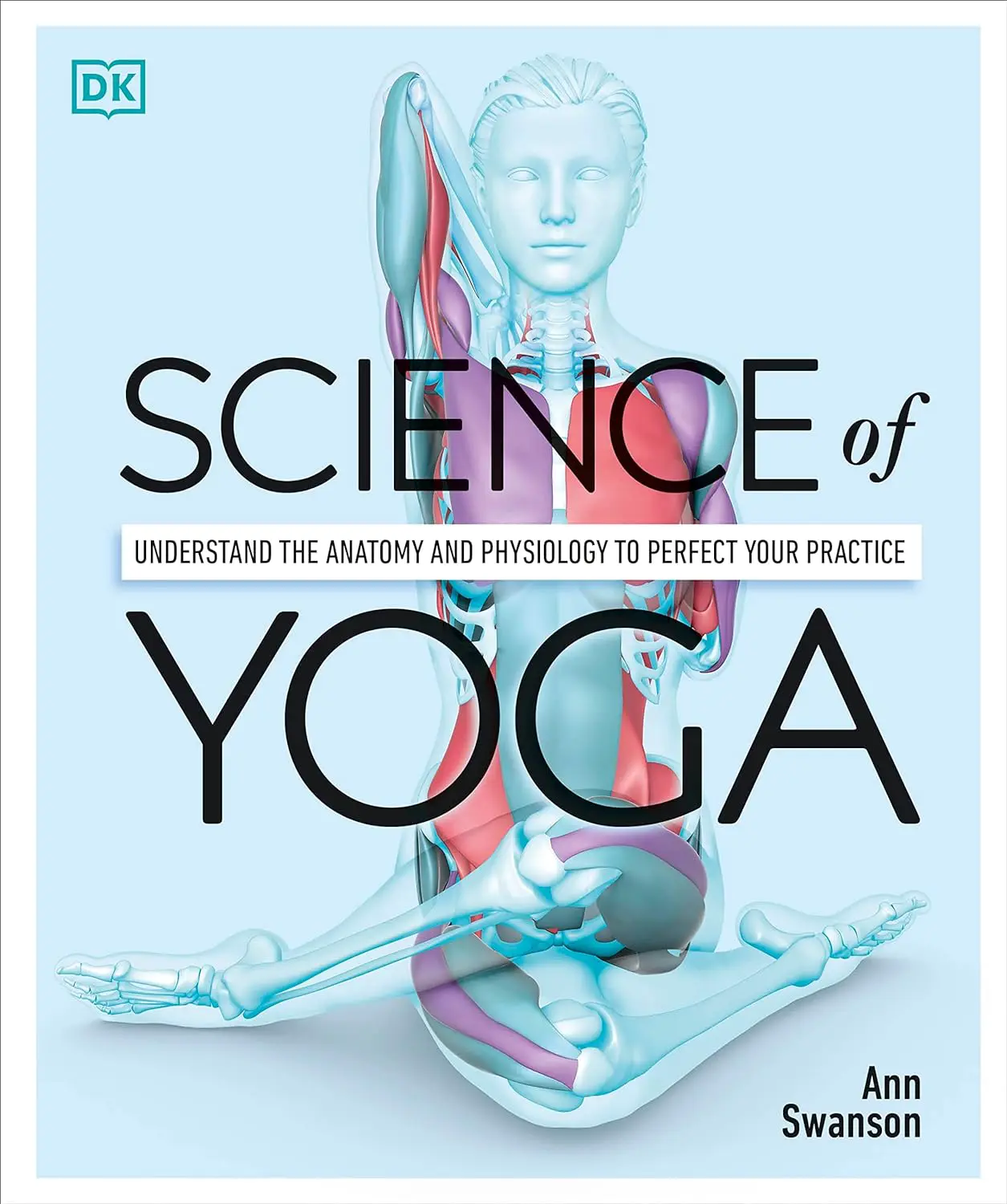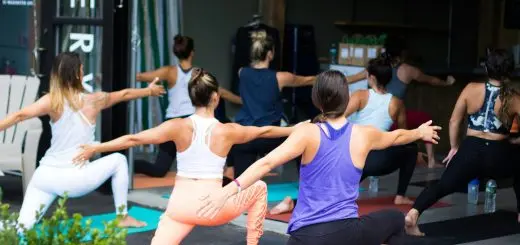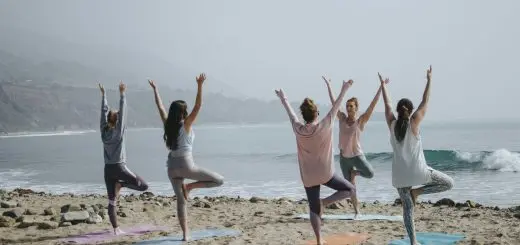How to Find The Right Yoga Class? (Easy Guide)

Looking for more amazing products? Check out our online store and explore our collection here! Happy shopping!
Before diving in, please note: This post is for informational purposes only. If you’d like to know more about how we approach topics, feel free to check out our friendly Disclaimer Page.
Hey there, amazing readers! 
We’re committed to delivering quality posts, and your support (even just sticking around despite the ads) means everything to us. So, bear with us, and thanks for helping us keep the good vibes rolling. Now, on to the fun stuff!
TRANSLATE BUTTON AT THE END OF THE ARTICLE
When you are new to yoga, you are probably going to be uncertain as to what to expect when you first enter a beginner’s yoga class on your first day.
Most people are uncertain about what they should even be looking for in a beginner’s yoga class, so this article will let you in on the four secrets to finding the right class for you.
Decide On What You Want To Achieve Before Choosing A Style
The number of different reasons for taking up yoga is usually at least as high as the number of new people in a yoga class.
People will be looking for one of three things – physical health, mental health, or spiritual health.
All three are important, and all three are realistic goals in a yoga class.
Whatever it is you are trying to achieve through yoga, there will be a class and style that is suitable for you.
You can research in a library, online or even by asking various Yogi and this will help you find the Yoga that will get the best result for you.
It’s worth actually setting some solid goals, and many newcomers are surprised at how willing a yoga instructor is to talk over these goals with them and discuss whether they are realistic or an alternative may be better suited.
Join a Class-By-Class Program
These are sometimes referred to as “drop in classes” or “pay as you go.” These are a good way of getting a feel for yoga.
There will be a regular turnover of other students in the classes, and the contrasting levels of experience will mean the instructor will keep the classes at a relatively mild level and give everyone a taste of many different aspects of Yoga.
The advantage of this method is, of course, that you are not committed to an expensive series of classes and you can get a taster of Yoga and see what types of Yoga interest you.
You will also quickly learn whether the goals you set earlier are realistic for you, or even too low and need expanding upon.
Your next step will be to choose a series of classes in the areas that you found the most suitable from the drop in classes.
These classes will build on each other from week to week, and you may find yourself behind if you miss a week.
Ensure That You Are Being Taught By Someone Who Knows What They Are Doing
Surprisingly enough, considering the relatively low intensity and the many physical benefits, yoga has begun to regularly show up in the statistics for sports injuries.
Two key causes are identified.
Firstly students pushing themselves too fast too soon, and secondly instructors with inadequate training or appreciation of the individual level of their students (large classes are sometimes to blame for this).
When you are considering a new class, don’t be embarrassed to ask your yoga instructor what their qualifications and background are.
Many ‘instructors have nothing more than a three day training course in ‘gym yoga’, and many people put this in the ‘enough knowledge to be dangerous category.’
Traditionally, a student would train for many years under a guru before they would be considered fit to pass on even the simplest of yoga techniques to another novice.
The Yoga Alliance is a United States organization that features a register of teachers who have completed “appropriate” training.
This means having completed courses that meet a certain standard.
A nice rule to work by is that less than 200 hours of instruction would mean a part time Yoga education.
Be Aware Of Hidden Costs
An unpleasant surprise that can put people right off yoga is turning up to the first class and finding that there are expenses that they haven’t allowed for.
Some studios require each student to have their own mat, a special strap, or other props.
Some classes will work through a book which you are obliged to buy, and some classes will have a dress code ranging from specific colors to specific articles of clothing.
Being unaware of any of these things and being refused your first class because of them can be very off-putting.
Mistakes Made By Yoga Newbies
Whenever we start something new, we have a certain feeling of trepidation and uncertainty about the unknown, and in most cases, it is completely unfounded and we get on with things very quickly and easily.
Sometimes it isn’t and a simple little thing can cause us to have an entirely negative first impression and perhaps even never want to try that activity or pastime again.
Yoga has so many health benefits, on both a physical and spiritual level, that it would be a tragedy for anyone to miss out on someone because they made a silly, avoidable mistake on their first day.
With that in mind, this article addresses the 3 most common mistakes made by new yogis, and how to make sure they don’t happen to you.
Not Knowing What You Want From Yoga
The reality is that there are numerous different styles and forms of yoga, and each has its own different attractions.
Ask yourself what it was about yoga in general that attracted you, and then you can investigate a style that caters more specifically to that.
You may like to set goals, be they physical, mental, or spiritual.
If you do, then it’s a good idea to discuss them with the instructor of your class before you begin.
Yoga instructors are usually very approachable and happy to talk about their passion.
They will be able to talk to you about your goals for the class and let you know if you are being realistic, aiming too high or too low. Make sure your goal includes a timeframe so it becomes something that is measurable.
Jumping In Feet First
Having decided that they will give this yoga thing a try, many people take a running leap and jump into a 12 month stage by stage class.
These classes are usually an upfront payment arrangement and progress from one level to the next as the week progresses.
They are a fantastic way of learning yoga and becoming very good at it, but it’s quite possible you will choose a class that is not ideal for you.
The best way around this is to join a yoga beginner class, also known as a drop in class.
If you do these classes for a few weeks, you will notice a high turnover of students as new people join and old people move on.
These classes are designed to give you a very broad feel for the different types of yoga.
The level of the students in the class usually varies greatly, so you can expect the instructor to keep the classes quite tame.
The other key benefit of doing this is that the classes are pay as you go, so there is no big financial outlay for you while you decide the type and style of yoga that best suits you.
You are also not obliged to attend every class.
With the longer courses, you can fall behind quickly if you miss a week or two in a row.
With the pay as you go classes, you will find that while each class is different, the level stays quite low to cater for the newer people joining in.
Choosing the Wrong Teacher
Traditionally, a yogi had to be an apprentice to a skilled guru for many years before he could teach even the simplest of yoga techniques.
Nowadays, a 3-day course over a long weekend is considered enough by some people.
There is a big difference in what you will achieve depending on the skills and abilities of the person teaching you.
Yoga is starting to make a regular appearance on the sports injury list, and a large reason for this is instructors who have been taught just enough to be dangerous.
A qualified teacher won’t necessarily be fantastic and an unqualified teacher won’t necessarily be terrible – but the odds are certainly cast in that direction, so it’s a good idea to check your instructor’s background and qualifications before you begin studying with them.

The Enlightenment Journey is a remarkable collection of writings authored by a distinguished group of experts in the fields of spirituality, new age, and esoteric knowledge.
This anthology features a diverse assembly of well-experienced authors who bring their profound insights and credible perspectives to the forefront.
Each contributor possesses a wealth of knowledge and wisdom, making them authorities in their respective domains.
Together, they offer readers a transformative journey into the realms of spiritual growth, self-discovery, and esoteric enlightenment.
The Enlightenment Journey is a testament to the collective expertise of these luminaries, providing readers with a rich tapestry of ideas and information to illuminate their spiritual path.
Our Diverse Expertise
While our primary focus is on spirituality and esotericism, we are equally passionate about exploring a wide range of other topics and niches 

To ensure we provide the most accurate and valuable insights, we collaborate with trusted experts in their respective domains 
Our blog originally focused on spirituality and metaphysics, but we’ve since expanded to cover a wide range of niches. Don’t worry—we continue to publish a lot of articles on spirituality! Frequently visit our blog to explore our diverse content and stay tuned for more insightful reads.
Hey there, amazing reader! 
Check out our store here and take a peek at some of our featured products below! Thanks for being awesome!












